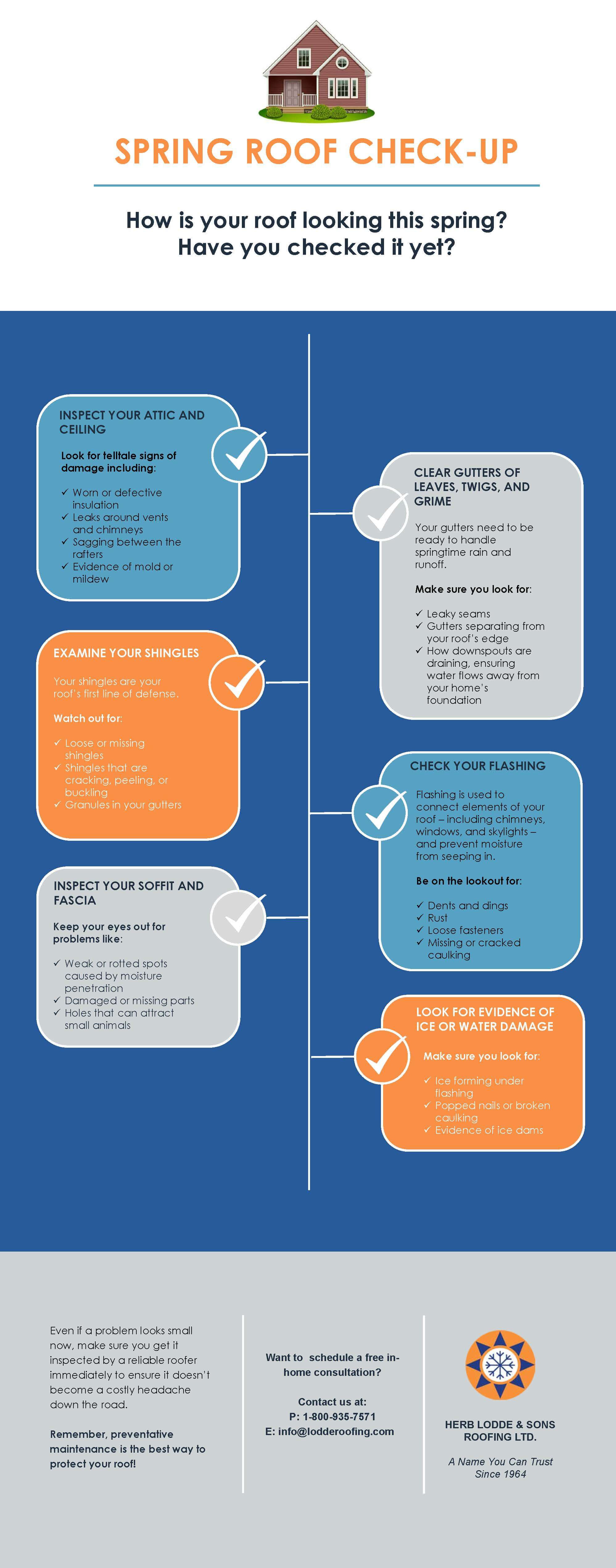Recognizing The Influence Of Climate Conditions On Photovoltaic Panel Performance: Trick Realities To Consider
Recognizing The Influence Of Climate Conditions On Photovoltaic Panel Performance: Trick Realities To Consider
Blog Article
Staff Author-Cabrera Hines
When it comes to photovoltaic panel effectiveness, recognizing how weather come into play is key. Image this: your solar panels indulging in the sunlight's glow, taking in energy to power your home. However what happens when clouds roll in or temperatures vary? Exactly how does that effect your power manufacturing? By diving into the intricate dancing in between climate and photovoltaic panels, you'll uncover crucial understandings that can help you take advantage of your renewable resource configuration. Check out the subtleties of sunshine strength, temperature impacts, and the role of cloud cover and rainfall in optimizing your photovoltaic panel efficiency.
Impact of Sunlight Strength
Occasionally, the intensity of sunshine can dramatically impact the effectiveness of solar panels. When the sunlight is strong and direct, your solar panels produce more electricity. Nonetheless, throughout over cast days or when the sunlight is at a low angle, the panels get less sunshine, reducing their effectiveness. To optimize the power result of your photovoltaic panels, it's crucial to install them in locations with sufficient sunlight direct exposure throughout the day. Take into consideration elements like shielding from nearby trees or structures that could obstruct sunshine and lower the panels' efficiency.
To maximize the performance of your photovoltaic panels, routinely clean them to get rid of any kind of dirt, dust, or particles that might be obstructing sunshine absorption. Additionally, ensure that your panels are tilted correctly to receive the most straight sunshine possible.
Influence of Temperature Level Adjustments
When temperature level adjustments happen, they can have a significant impact on the performance of photovoltaic panels. Photovoltaic panel operate best in cooler temperatures, making them much more effective on light days contrasted to very hot ones. As the temperature level boosts, solar panels can experience a decline in performance because of a phenomenon known as the temperature coefficient. This impact triggers a reduction in voltage result, eventually influencing the overall power production of the panels.
Alternatively, when temperature levels go down also reduced, solar panels can additionally be influenced. https://www.wpr.org/more-90k-homes-could-install-rooftop-solar-wisconsin-under-inflation-reduction-act can bring about a reduction in conductivity within the panels, making them less effective in producing electricity. This is why it's important to think about the temperature level conditions when setting up photovoltaic panels to maximize their performance.
Duty of Cloud Cover and Rainfall
Cloud cover and rainfall can considerably influence the efficiency of solar panels. When clouds obstruct the sunlight, the amount of sunlight reaching your photovoltaic panels is lowered, causing a decline in power production. Rainfall can additionally influence solar panel performance by obstructing sunlight and creating a layer of dirt or gunk on the panels, better lowering their capacity to create power. Also light rain can spread sunlight, causing it to be much less concentrated on the panels.
Throughout overcast days with hefty cloud cover, photovoltaic panels may experience a significant drop in energy outcome. However, it deserves keeping in mind that some modern solar panel innovations can still create electrical energy also when the skies is cloudy. Additionally, rain can have a cleaning result on solar panels, washing away dust and dirt that might have gathered with time.
To maximize the performance of your photovoltaic panels, it's essential to consider the influence of cloud cover and rainfall on energy manufacturing and make certain that your panels are correctly kept to stand up to differing weather conditions.
Conclusion
In conclusion, climate plays a substantial function in the effectiveness of your photovoltaic panels. Making best use of sunshine direct exposure, managing temperature level modifications, and checking cloud cover and rains are key variables to take into consideration for optimum power generation. Routine upkeep, such as cleansing panels, is important for preserving peak performance. By recognizing exactly how climate affects your solar panel efficiency, you can make educated choices to take full advantage of power outcome and financial savings.
